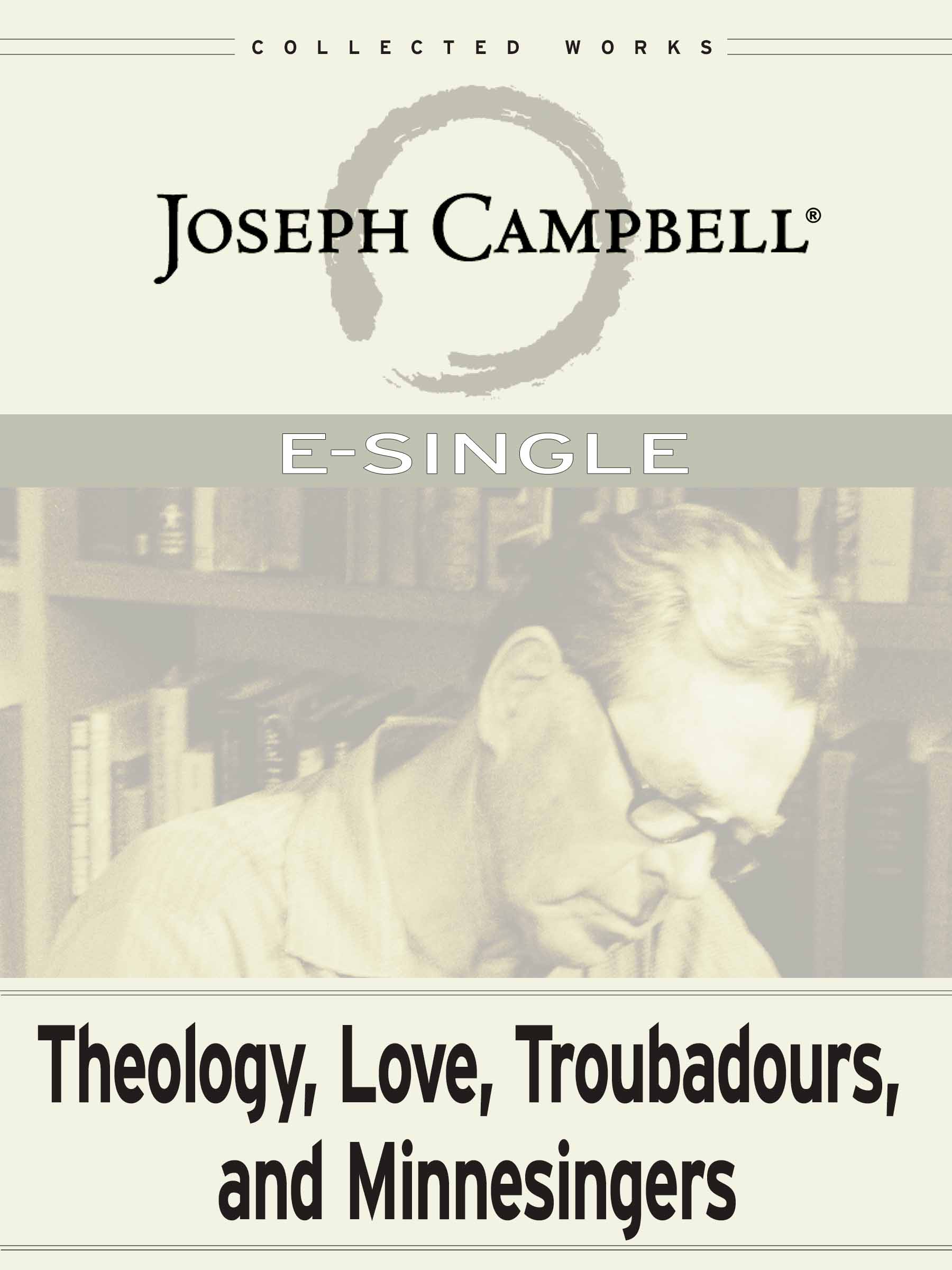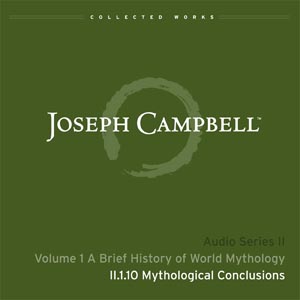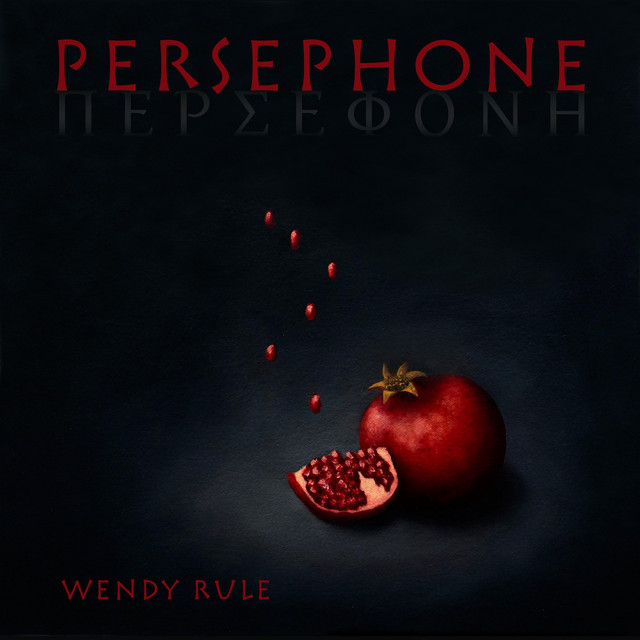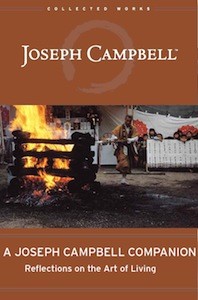The Trobairitz: How Access to Power Unfurls Creative Expression
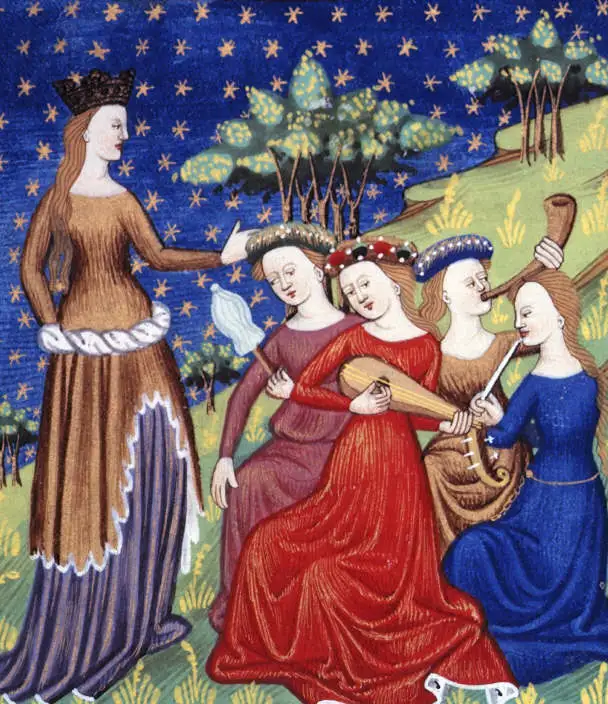
The JCF theme this month of lovers, against the background of Campbell’s early academic work on medieval literature, has provided an opening for me to examine how gaining access to personal and creative autonomy directly invites otherwise marginalized voices to sing. It is in these moments, I believe that mythos can exist as a breathing, fluid force that moves both individuals and cultures forward, rather than serving as a reductive cultural tool.
Trobairitz is a medieval Provençal word, the feminine of troubadour, and descends from the root, trobar, meaning “to find.” The trobairitz, women troubadours, lived in Occitania, now known as Provence, at the end of the twelfth century into the beginning of the thirteenth century. There are twenty women known to have been writing during this period in Occitania, from whom twenty-three poems still exist.
Some of the trobairitz were described in the vidas of the troubadours, a collection of often fanciful biographies written by medieval historians. From such writings, as well as the names and connections of the women, it is evident that they were aristocrats, patronesses of male troubadours, and often closely personally connected to troubadours. Eleanor of Aquitaine, grand patroness of troubadour poetry, was the granddaughter of Guillelm de Poitiers, the first recorded troubadour, and Marie de Champagne, Eleanor’s daughter, hosted acclaimed stylized “Courts of Love.” Additionally, trobairitz Maria de Ventadour was the wife of Viscount Ebles de Ventadour, one in a long family line of troubadours, and Tibors was the sister of Rimbaut d’Orange. In addition, several of the women actually wrote tensons (arguments in poetic form) in conjunction with male troubadours. It is reasonable to conclude that the trobairitz were more than passingly familiar with the conventions and expectations of troubadour poetry.
Read more
Unlike the jongleurs, the traveling minstrels of medieval Occitania, the troubadours and trobairitz were both of aristocratic stature, arbiters as well as creators of their culture. They existed in a culture that was emerging from the Dark Ages, with extraordinary wealth and accompanying sophistication, but one that hardly demonstrated open-armed acceptance of women. How then, while the women obviously knew what to write, did it occur to them that they, indeed, could write? While there were other women scattered throughout the Middle Ages whose writings have survived, their works were letters and journals, intended for private use. How then was it possible that a group of women who lived in an area of about a fifty-mile radius within about fifty years of one another could create their own literary tradition?
There are several factors that probably had some effect on both situations. In general, in the Middle Ages women were nonpeople; they “were virtual nonentities who counted only insofar as they were good for bringing sons into the world.” (Bogin, Meg. The Women Troubadours, p. 22) Whether peasant or aristocrat, they had virtually no rights and were wards of either their father, their lord, or the church throughout their lifetimes. Marriages were, largely, economic contracts. Romantic love was far from the epicenter of married life.
Women were rarely allowed to own property, but one of the differentiating aspects of Occitanian culture from the rest of medieval France was the existence of the Theodosian Code. “The Theodosian Code of 394–95 … was brought to Occitania by the Visigoth invaders of the sixth century. This code gave sons and unmarried daughters an equal share in their father’s estate.” (ibid, 23) While from contemporary records it is obvious that this code was not followed on a general basis, it still provided some legal background for a certain amount of female autonomy.
By far, however, the single greatest influence on the women of Occitania was the onslaught of the Crusades. The Crusades provided a drain of men to the East, in search of adventure, riches, and religious rewards. “If contemporary records are to be believed, some 60,000 men took part in the first siege of Jerusalem in 1099. The next hundred years would bring four more Crusades: in 1146, 1189, 1204, and 1217.” (ibid, 33) Increasingly, then, women were placed in positions of responsibility and authority out of necessity, for there were gaps to be filled in leadership and governing left by the absent lords of realms. “The most immediate effect of the drastic reduction in the male population was to place women in direct control of fiefs that had been previously run by men” (ibid, 35). With that responsibility came an increased sense of freedom and self-worth, and women in Occitania began to not merely listen to the songs of troubadours and through patronage color the language, concepts, and intent of the poetry, but instead began to write it themselves. This lasted really only as long as the Crusades lasted. Bogin writes, “It is clear … that the women troubadours belonged to a uniquely favored generation. There was no comparable flourishing of women poets in any other areas where troubadour poetry took hold … nor had there been in Occitania before the women troubadours nor was there after them.” (ibid, 36)
While there indeed were similarities in the poetry of men and women in medieval Occitania, of more interest are the differences, which were extensive. Male troubadours wrote of idealized love, of fin amor, and of accompanying idealized ladies, but the women were much more down to earth. They spoke with less abstraction, much more directness. They were speaking intimately and passionately to real, individualized men. One of the most obvious aspects in which that directness materializes is the trobairitz’s address of sexuality. While with the men it was either idealized love, even a platonic love for the good of the soul that characterizes fin amor, or ribald wordplay utilized in jeuc d’amor, for the women sexuality was a many-faceted, often harsh reality. Duke Guillelm was willing to play word games with sex in his discussions of the jeuc d’amor with thinly veiled references to the size of his dice, two of which “were well-squared, valid / but the third was loaded.” (The Poetry of William VII, Count of Poitiers, IX Duke of Aquitaine. ed and trans, Gerard A. Bond, p. 55)
Conversely, the Comtessa de Dia cries longingly, “If only I could lie beside you for an hour and embrace you lovingly. Know this, that I’d give almost anything to have you in my husband’s place …” Later in the same poem, she bitterly says:
Now I’ve seen that I’ve been betrayed
Because I wouldn’t sleep with him.
Night and day my mind won’t rest
To think of the mistake I made. (Bogin, p. 89)
Sex is not a game to the Comtessa, nor a place where she quietly submits to her lord’s will.
Equality, both sexual and social, was treated differently by the men and women in medieval poetry. Many of the male troubadours engaged in fulsome flattery of their imaginary perfect ladies within a very feudal form. They positioned themselves as vassals, to be used and/or given away as their lady pleased. This was a mildly humorous and ironic posture for the male troubadours, for they were not in reality subject to any such response from women. For the trobairitz, however, this hit too close to home, and their attitudes differ as a result. Maria de Ventadour, in her tenson with Gui d’Ussel arguing about equality within a courtly relationship, states:
The lover ought to do her bidding
As toward a friend and lover equally,
And she should honor him the way
She would a friend, but never as a lord. (Bogin, p. 101)
A number of the other poets have a yearning for equality, and often merely for a sense of being taken seriously.
Ultimately, the trobairitz emerge as individual, independent women who want to be acknowledged as such, involved in real relationships with all of their inherent joys, frustrations, and pitfalls. They write of joy and desire, heartbreak, and betrayal. Many of the trobairitz’s poems tackle the concept of joy, in many of its colorings; a tradition originating with Guillelm de Poitiers in his discussions of joi e joven, joy and youth, but adding their own sense of immediacy and vibrancy. Additionally, some of the poems, most notably one by Azalais de Porcairagues, have a lyrical natural description, wherein nature itself becomes a player in the relationship. She writes, in perhaps one of the most beautiful moments in the poetry of the trobairitz:
Now we are come to the cold time
When the ice and the snow and the mud
And the birds’ beaks are mute
(For not one inclines to sing;)
And the hedge branches are dry –
No leaf or bud sprouts up
Nor cries the nightingale
Whose song awakens me in May. (Bogin, 95)
These wants and joys, angers and hurts, echo in our perceptions of romantic love today. Women, in a moment of opening into a sense of self-authorship, found a way to articulate the realities of their lives. They reworked their cultural narratives, challenging both medieval and modern patriarchal assumptions about the power and relevance of their voices. In a parallel opening, the power of the trobairitz’s insights were rediscovered by predominantly female scholars after the first stirrings of modern feminism, who broke past the dominant scholarly narrative that this poetry had far less worth than what had been written by men.
The creative work of the trobairitz serves as an invitation to seek out other sidelined voices to better understand how they carry metaphor and myth forward in ways that strengthen individuals and communities. And as we assess our own access—and barriers—to power in our lives, this poetry and the women who found the courage to write it can serve as inspirations to embolden our own individual voices.
 Leigh Melander, Ph.D.
About Leigh
Leigh Melander, Ph.D.
About Leigh
Weekly Quote
Like a flower potential in its seed, the blossom of the realization of love is potential in every heart (or, at least, every noble heart) and requires only proper cultivation to be fostered to maturity.
Featured Video
Myth Resources
Persephone
PERSEPHONE Double Album by WENDY RULE
Persephone, the new double-album from Australian visionary songstress Wendy Rule is a beautifully evocative retelling of the Ancient Greek myth of the Goddess Persephone’s descent into the Underworld and the subsequent grief of her mother, the Goddess Demeter. The 24 track album is a focused song cycle – almost like an opera – designed to guide the listener through this ancient tale of the cycles of Nature and the realms of Life, Death, and human emotion.
Wendy sings in the voices of the three goddesses who feature in the myth: Kore/Persephone, Demeter, and Hekate -with Hekate’s parts chanted in Greek.
Featured Work
Joseph Campbell Companion, A
In an intimate seminar gathered at the Esalen Institute for one month in 1983, Joseph Campbell discussed the ways in which myth informs and pervades each of our lives. This popular book gathers together many of Campbell’s mind-opening thoughts and observations from this seminar, from his lectures, and from his published work. This is both an inspiring and a very accessible volume to enjoy.
Subscribe to JCF’s email list to receive a weekly MythBlast newsletter along with occasional news and special offers from JCF.

